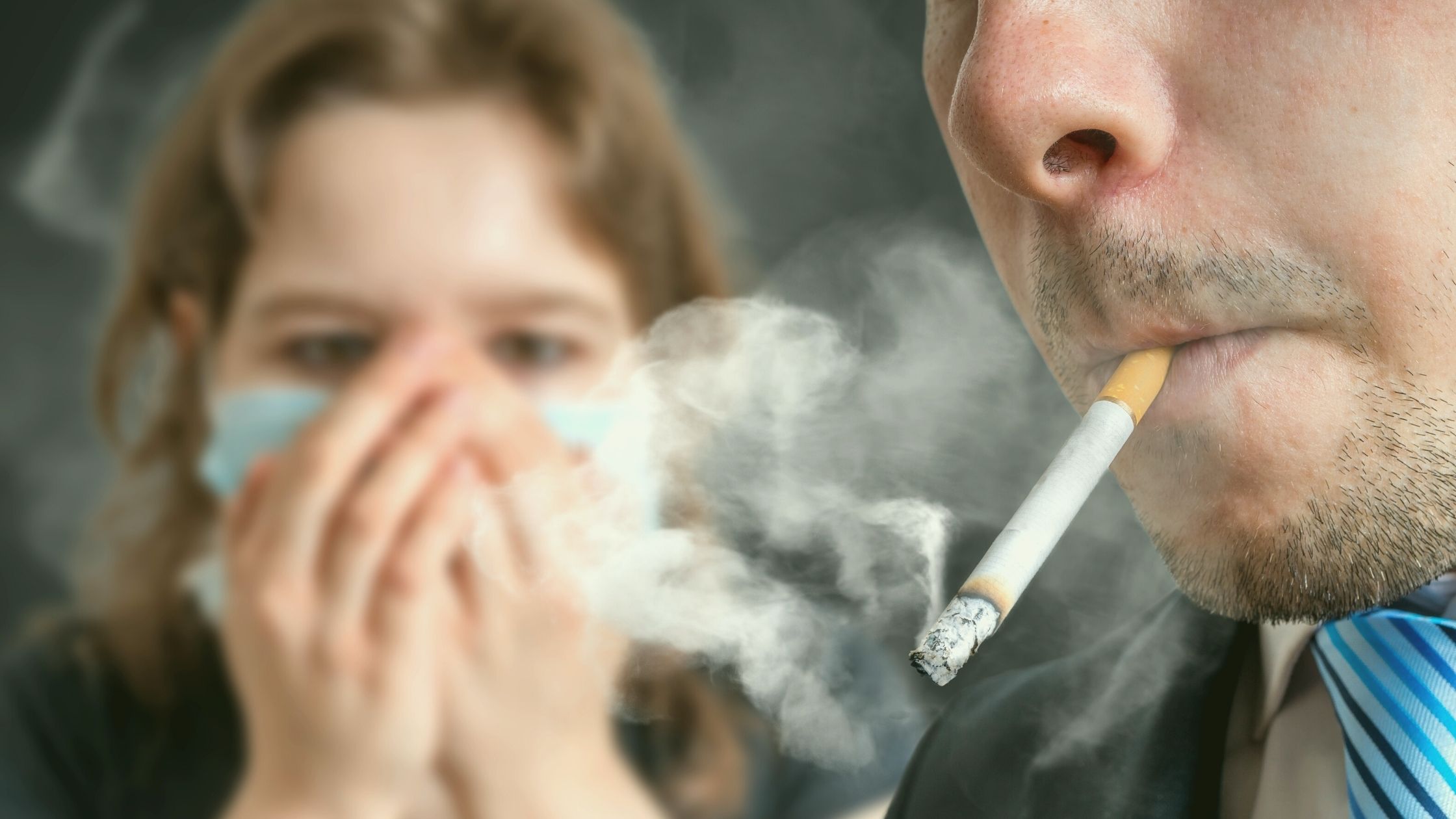How To Get Tobacco Smell Out of a House

Tobacco odor is something that most people find unpleasant; whether a property owner is preparing to sell a property, continue living in the property, or consider renting out the property, removing the noticeable tobacco odor from a home can only have positive results. The smell is so distinctive and persistent that it is the first thing people notice when entering the home, even after several attempts at removing the odor. It is quite common for most customers to inquire about odor removal services to state that their home simply will not sell because of cigarette odor and the associated staining left behind from tar and nicotine that homeowners cannot remove. Let’s discuss some of the reasons why removing this type of odor is particularly difficult, what some of the potential DIY methods are available and effective in some situations, and How Affinity Bio Solutions can help in situations requiring professional odor removal.
Why is cigarette odor so difficult to remove?
For the property owner who has smoked in the home, he or she may be focused on specific areas where smoking took place, without realizing that while it may be stronger in those areas, it has often spread throughout the home. Cigarettes typically contain hundreds of odor-causing compounds contributing to the odor and sticky residue found on walls, contents, and appliances. These complex odor particles typically require more than a simple cleaning with products found at a hardware store, they are so small they can penetrate many surfaces and materials. They will often be present inside fan motors, cabinetry, furniture, and drywall, which makes it particularly difficult to remove the smell or to determine whether progress has been made during cleaning. Air conditioning systems and vents are often impacted as well, especially those that have not been maintained or cleaned regularly.
What can be done by the homeowner to remove tobacco odor?
It is possible for property owners to remove less severe cigarette odor themselves, typically in homes where smoking has not continued for extended periods, and yellowing is not noticeable on walls or other surfaces. Increasing ventilation is the first step, which can be achieved by opening doors and windows, allowing the home to air out, and changing AC filters. After this is done, you may be able to notice some of the more problematic sources of odor to focus on first. Clean these areas and the rest of the home with a general-purpose cleaner; if you notice an odor present on walls, wall wash with trisodium phosphate. Furniture with light contamination may benefit from being placed outside for 24 hours. Placing baking soda or charcoal products inside the home may be helpful if you believe that after cleaning only a slight environmental odor is still present. Avoid products with a strong scent that will mask (cover up) the odor; once these wear off, the odor will return; these products also create difficulty in determining whether your efforts are having any effect. At this point you should be able to notice whether a vent cleaning company is also needed. Remember, the source must be eliminated for the odor to leave the home. If the odor is still noticeable at this point, it’s time to call the professionals. Here is how the professional permanently removes cigarette smell from properties.
Why odor professionals are needed for serious odor problems:
The odor in the home is not simply environmental or in the air as many would believe, and covering it up is not permanent solution, getting rid of it is challenging as the odor must be removed at the source. To do this, all surfaces, including those that are porous and can easily absorb odors, must be addressed. Cleaning techniques such as wall washing with TSP are less effective in severe and complex odor situations, a combination of products such as surfactants, enzymes, and degreasers will need to be applied to remove staining and odor. Clearing away odor-containing dust and debris is more difficult with conventional cleaning equipment like shop vacuums, which return a portion of these contaminants back into the air. Many situations require the use of equipment designed to remove airborne particulates and odors from the home through use of air scrubbing, HEPA vacuuming, chemical processes, and oxidization methods.
What steps are taken by odor remediation professionals to address tobacco odors?
The team starts with the cleaning phase. HEPA vacuums are used to remove dust and debris that holds odor from all surfaces. Surfactants and enzyme products are applied with a foam machine, which allows the product to dwell long enough that most yellowing appears to simply melt away from the walls. Wall washing is then carried out with odor counteractants designed specifically for the removal of tobacco odors. Flooring is inspected and cleaned using specialized products and extraction. Any non-porous furniture in the home is cleaned as well, porous furniture and soft furnishings are inspected, and then cleaned with an upholstery cleaner and chemically treated, or a conversation is had with the client about discarding items that would generally cost less to replace than remove the odor from. AC vent covers are removed and cleaned, vents are inspected, and a vent cleaner is called out if necessary.
Once all cleaning steps are completed and inspected, the odor removal phase can begin. Air scrubbers are set up with charcoal filters that adsorb environmental odor particulates and negative air machines are used to increase ventilation considerably. Most of Affinity Bio Solutions negative air machines for example will expel and bring in 2000 cubic feet of air per minute from the home. Conditions of permeation are recreated, an example of this is thermal fogging, in which the thermal fog acts in the same manner as the original contaminant, which is cigarette smoke. It creates a hot dry fog of odor counteractants reduced to tiny particle sizes that can permeate wood cabinetry, ventilation systems, drywall and other surfaces that would typically be hard to reach but has likely been impacted by the smoke. Hydroxyl or ozone generators may also be used to oxidize and destroy odor particles.
The final step is to inspect the property for any items that need recleaning or will not respond to odor removal processes and remove them. These items are usually ceiling fans with odors trapped inside the motors and blinds. Once the odor removal professional is satisfied that nothing is left in the structure will continue to off-gas and cause the odor to spread again, the floors and walls are inspected. Walls and floors with no residual odor will not need to be sealed with specialized products. If there is anything more than a very slight residual odor coming from the walls or subfloors, it is retreated before it is sealed with a specialized paint product. Sealing walls or floors that may still expel some odor with products like Kilz® is a common problem homeowners face in DIY projects attempting to save money. When this happens, it often makes the remediation process more difficult and costly as odor removal processes are mostly ineffective when the odor is now underneath the paint.
Lingering stale tobacco smoke is a common odor problem. Problematic odors are found in many homes, but you can do something about them. Complete professional odor removal and remediation will liberate your home from offensive smells and improve your property value.
Contact our office for all odor clean-up
More Tips:
- How Much Does a Hoarder House Cleanup Cost?
- What is a hazmat cleanup?
- How to Save Money on a Hoarder House Cleanup
- When Do You Need Professional Odor Removal
- When to Hire a Professional Odor Removal Specialist
- When to Call a Professional
- 5 Questions to Ask a Medical Pickup Company
- When to Hire an Odor Removal Professional
- What is Required for Crime Scene Clean-up
- What Does a Crime Scene Cleaner Do?
- What happens if you clean up hazardous material yourself?
